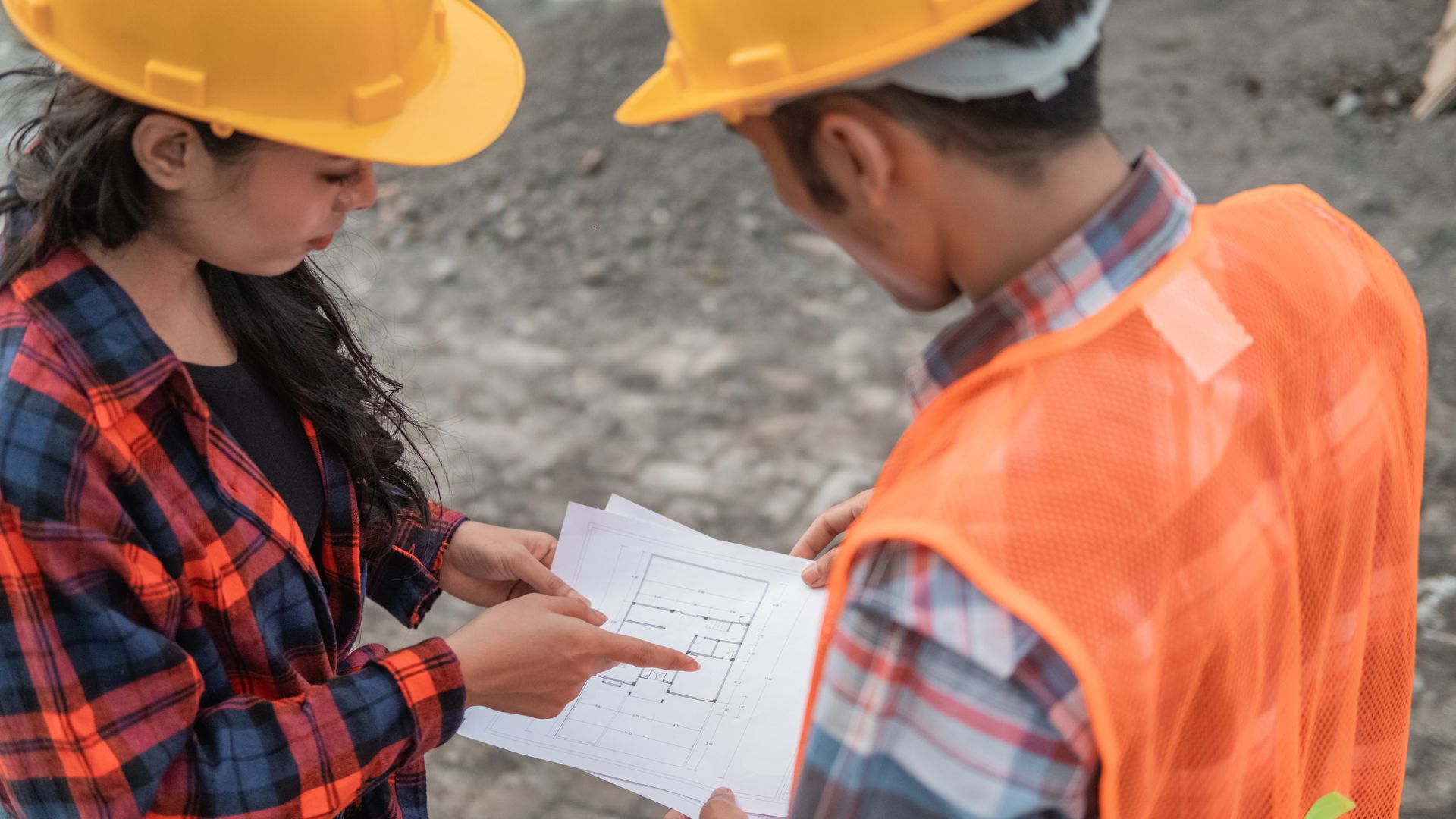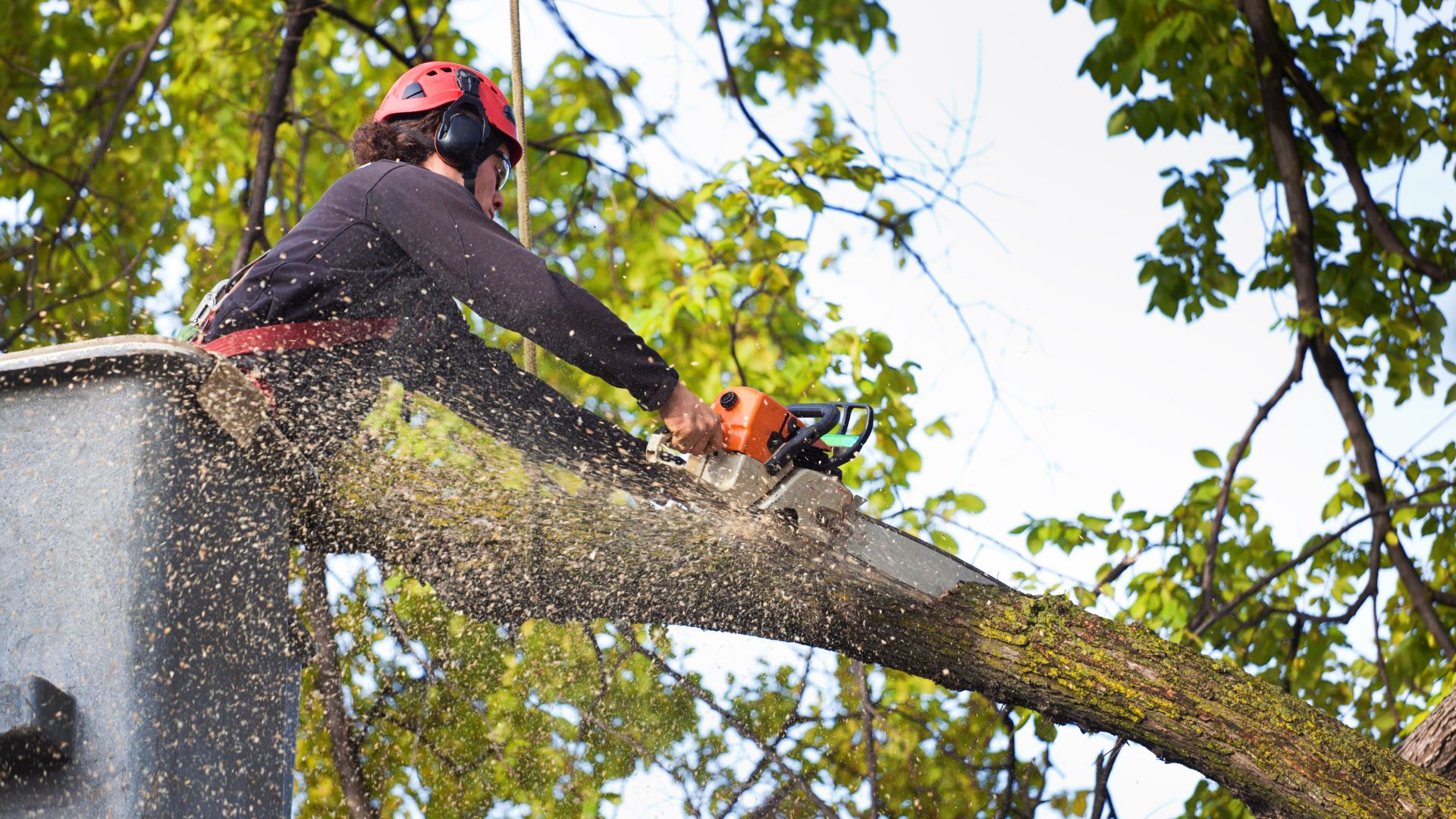
A knockdown rebuild is the ideal way to get a brand-new home in the place you already love to call home. You know your neighbours, your kids' school is nearby. and with a brand-new home, you can plan your future with confidence, safe in the knowledge your new house will be cheaper and easier to care for and is ideally suited to your family's needs.
We've written this article to answer the most common question from people who have decided the knockdown rebuild process is the way to go. Which pieces of paper do I need from authorities, and when? From demolishing your existing property to moving into your new one, here's everything you need to know to forge ahead with the knockdown rebuild process with confidence.
Demolition is considered development. Therefore, you will need the approval of local authorities to knock down the existing structure.
You can obtain demolition approval in one of two ways. Some development projects may qualify as Complying Development (we'll discuss this below), but others require you to complete a Development Application (DA) with your local council. If you require DA, your demolition permit is generally contained within this application.

If your knockdown rebuild project meets specific criteria as outlined in the NSW Exempt and Complying Development Codes (2008), the home building process is faster and more straightforward because you can apply for a Complying Development Certificate (CDC). Keep reading below for more information on both of these pathways.
If you plan to live on site during the knockdown rebuild process, you may also need consent from your local council to install a temporary dwelling.
Some builders will perform the demolition work themselves, while others will engage a demolition contractor for you. Sometimes you may even have to find your own demolition specialist.
If you are finding your own, provide the demolition specialist with a copy of your demolition permit or CDC (see above). You will need to use a licensed contractor and you can check this on the Service NSW website. If the building is over 6m high, the contractor will also require a Class 2 Demolition Licence and an Unrestricted Asbestos Removal Licence.
The demolition company will then be able to provide you with a quote. The cost will depend on factors such as the size of the home and materials, site access, and hazardous building materials. Not all demolition companies remove hazardous materials themselves. You may require a planning permit to remove asbestos, but the demolition contractor should be able to give you advice on this.
Another step in the demolition process includes advising all neighbours within a set proximity of your intention to demolish the existing building. Once again, your contractor should be able to provide you with more information on this.
A complying development is a fast-tracked process for straightforward residential projects in New South Wales. If your knockdown rebuild project meets certain criteria under the State Environmental Planning Policy (SEPP), you can apply for a CDC online. The approval process is cost-effective and often takes as little as 10 days.
However, this type of approval is often not allowed in heritage areas, those prone to bushfires, or for custom home designs. You can contact your local council or an accredited building certifier to check if your project meets the requirements for a CDC.
If your project isn't straightforward or doesn't qualify for a CDC, you will need to lodge a Development Application to be assessed by your local council. It will need to meet local regulations to be approved.
While DAs allow for more design flexibility in restricted heritage or environmentally sensitive areas, they often take much longer to be assessed and cost a lot more.
Before you undertake a knockdown rebuild project, you need to understand the limitations on how your land can be used or developed. This includes things like whether you live in a heritage-listed suburb or if the building has heritage value, if any trees need to be removed or if any tree preservation orders are in place, where utilities lie and if excavation is required. Your builder may recommend you seek professional advice on how planning controls apply to your property, or you may be able to get advice from your local council on this.

In any case, you will require a Section 10.7 Planning Certificate. This gives a detailed assessment of the site zoning, flood levels, bushfire risk, and other property constraints. You can apply for this planning document through your local council or the NSW Planning Portal.
Once your home plans are drawn up, you will also require a Building Sustainability Index (BASIX) certificate to demonstrate that your proposed house is compliant with sustainability regulations.
Depending on your specific site and build, you may also require other site assessment reports during the knockdown rebuild process, including site surveys, engineering reports, or arborist reports.
Before breaking ground on your dream home, you may have to apply for approval to begin building, depending on how the project was approved.
A CDC acts as a combined development application and construction certificate, so no further applications are required before construction can begin. However, if your knockdown rebuild required a Development Application, you will need to apply for a Construction Certificate (CC) once the DA has been approved. A CC ensures that your project aligns with the Building Code of Australia and other relevant standards.
Once construction is complete, you will also require an Occupation Certificate before you can move into your new home.
A CDC is typically much faster than a DA. The reports and site checks phase takes about 2–4 weeks and approvals are often less than 2 weeks. In all, it can take as little as 3–5 weeks to have a CDC issued by a private certifier.
A DA through your local council typically takes much longer. Then, you'll also have to apply for a Construction Certificate. Preparation generally takes 3–6 weeks, DA assessments from 6–12 weeks, modifications can add another 1–2 weeks and the CC 2–4 weeks. In all, a DA and CC can take from 35 months to obtain.

When planning your knockdown rebuild, you should never assume a CDC will apply. You should always work closely with the right professionals to ensure your building project will be compliant. Never skip important steps like obtaining a planning certificate because these can mean the difference between moving into your dream home straight away and having to undertake expensive rectification works.
Another common mistake people make when knocking down their old house is underestimating the time it can take to have services disconnected. Making enquiries early on in the process and working with an experienced builder can help you avoid these costly mistakes.
The best advice to heed before undertaking a knockdown rebuild is to contact a specialist builder as soon as possible. Knockdown rebuild experts, especially those local to your area, will have in-depth knowledge of local regulations and laws and will have established relationships with town planners and certifiers that can streamline the process.
At A Class Building and Construction, we specialise in knockdown rebuilds right across the Wollongong region. Our expert insights can help make the entire process a smooth one. From formulating a demolition plan for your existing home, to seeking council approval, and through the building process of a new home that perfectly suits your family and lifestyle, we're with you all the way.
Call us today on 0414 183 503 or visit our website to book a free building consultation.
You will need either a Complying Development Certificate or a Development Application to demolish a building in NSW and your demolition contractor needs to be licensed and must comply with certain requirements like neighbour notification and waste plans.
Yes, because demolition is considered development, you do need the approval of local authorities to knock down an existing structure.
Minor changes to your home generally don't require council approval in NSW. However, a major renovation involving significant alterations or structural changes will. If you're not sure, it's best to contact your local council before beginning.